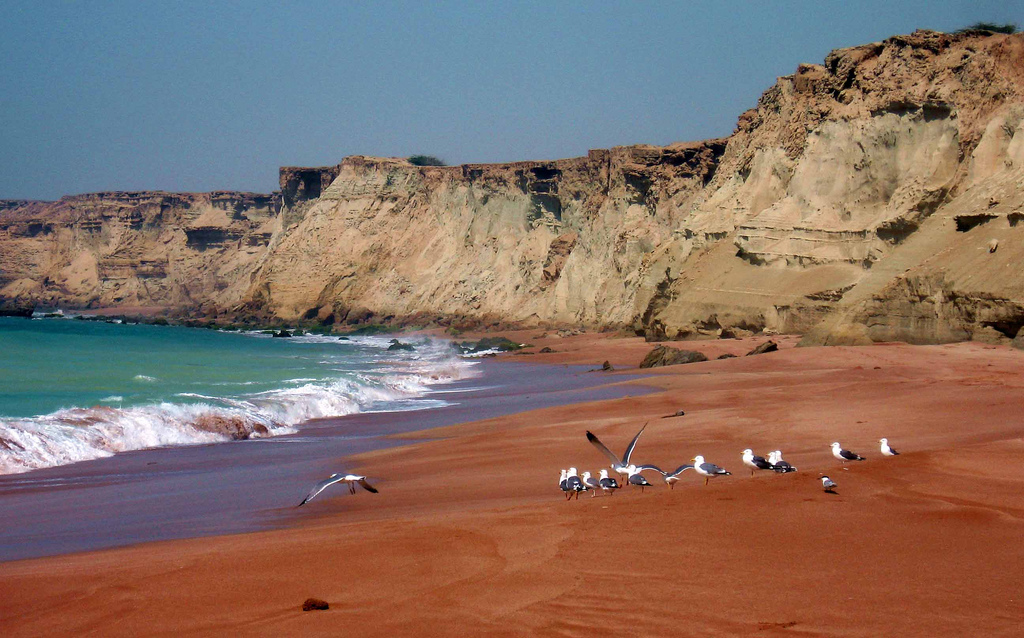The port city of Chabahar in Sistan-Baluchestan Province is set to host a “monsoon festival”, to take advantage of the city’s unique climate to attract tourists.
Speaking to Mehr News Agency, Saeed Rezazehi, tourism deputy at Chabahar Free Trade-Industrial Zone Organization, said Chabahar’s unusually cool temperature during summer, thanks to monsoon winds from the Indian subcontinent, provides the city with a unique opportunity to draw tourists.
“Monsoon season begins at around May and lasts until September,” Rezazehi said, adding that Chabahar’s temperature during this period rarely, if ever, exceeds 22 degrees Celsius.
The festival includes cultural, recreational and sports events, as well as programs introducing the traditions of ethnic groups living in Chabahar, including their food and music.
Chabahar has been attracting a lot of attention in recent months due to its geographical location and exceptional climate. In April, Masoud Soltanifar, head of Iran’s Cultural Heritage, Handicrafts and Tourism Organization, said seven holiday resorts will be established along the Makran Coast.
“Iran’s diverse climate allows us to experience all four seasons at any given time. From a western tourist’s perspective, this is an attractive feature,” he said.
Chabahar is home to a plethora of natural and historical structures, making the development of this free port for tourism purposes all the more appropriate.
It also boasts the Hara Jungle—a mangrove forest—replete with diverse species of seabirds such as flamingos and herons.
Stretching parallel to the Makran Coast, from Kachoo Village up to the proximity of Gwadar Bay, are the mesmerizing Martian Mounts, a type of badlands. These mounds are regarded as the symbols of Chabahar’s unique geomorphology.
About 9 km north of Chabahar, on the mouth of Chabahar Gulf, is the historical port village of Tis.
The village used to be the commercial center for sugar and wheat back in the 4th century of Hijra (Islamic calendar), and has been mentioned numerous times in the works of historians during the first century.


